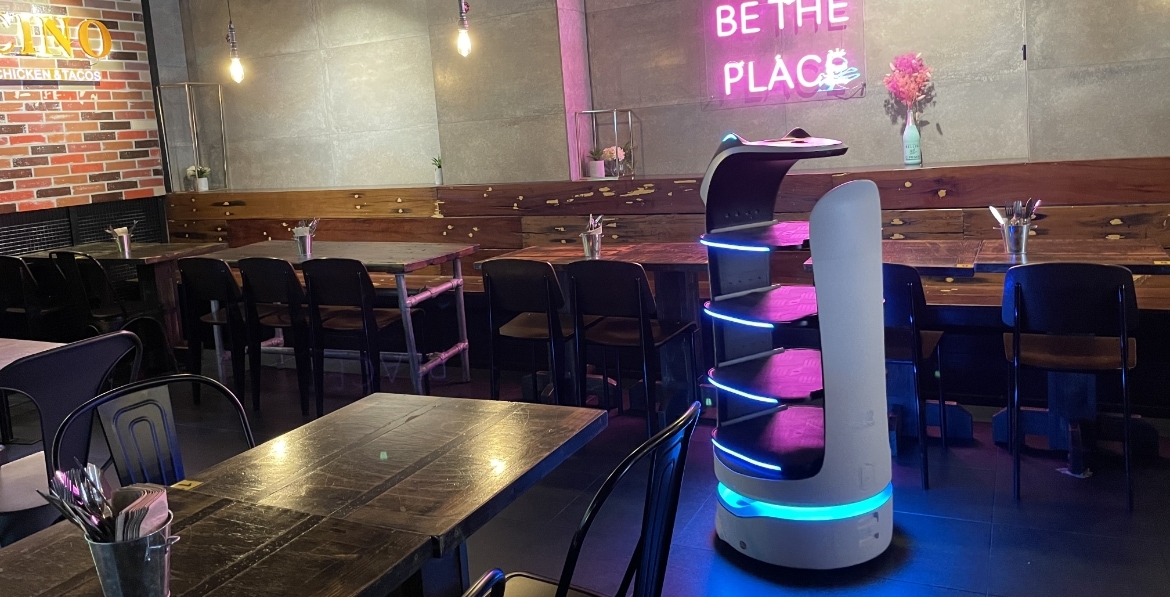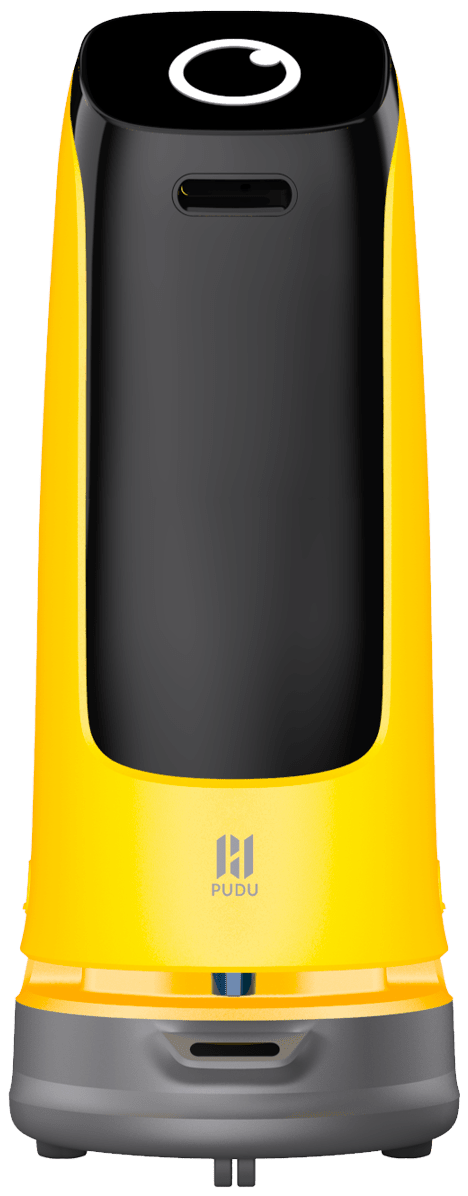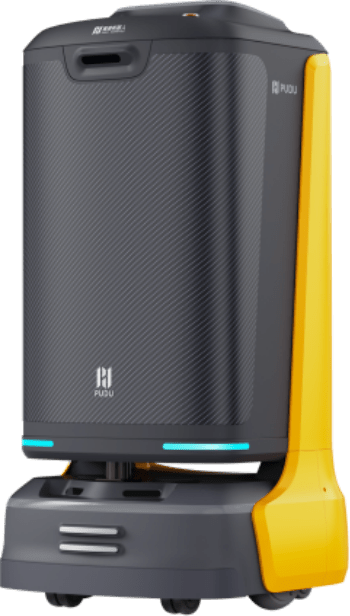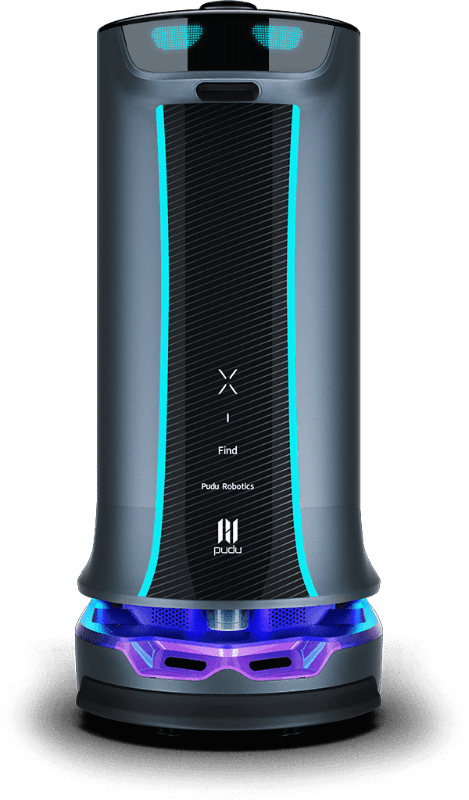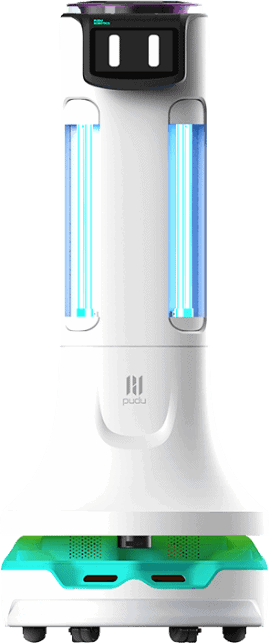The world's largest-scale robot application. Skylark The largest restaurant group in Japan, the deployment of all 3000 robots in over 2100 locations affiliated is completed.
TOKYO -- Dinner will be served robot-style at 2,000 eateries run by Skylark Holdings, Japan's largest operator of family restaurants, by the end of next year. The robot waiters can ferry food for up to four people to a designated table, then bring dishes back once customers are done eating. In a trial that started in August in Tokyo, the robots cut the number of steps staff members took by half during busy periods. With authorities easing restrictions on dining out and other activities that had been curtailed over pandemic concerns, Skylark aims to compensate for the restaurant industry's chronic worker shortage without sacrificing service quality. Robot servers also reduce contact between customers and human staff, lowering the risk of virus transmission
.The robots will be introduced by the end of April 2022 at 1,000 or so locations, including certain Gusto restaurants and all of the Syabuyo shabu-shabu Japanese-style hot-pot chain. By the end of that year, they will be at more than 60% of Skylark's roughly 3,000 restaurants across Japan.
Funding for the robot servers will come from the 43 billion yen ($380 million) or so raised by Skylark in June, 6 billion yen of which has been earmarked for technology investment. Other recent tech moves by Skylark include the adoption of cashless payments in May 2019 and touch-screen menus in February 2020.
The pandemic has spurred other Japanese restaurant companies to give robot workers a try.
Saizeriya, an operator of Italian eateries, has been trying out robot servers since the spring of 2020, with tests of its third model starting this September. It plans to introduce them at busy locations once the results are in. Pub operator Watami now has robots serving dishes at 16 of its 26 Yakiniku no Watami barbecue restaurants in Japan.
Here are some interesting statistics and conclusions to share:
90% of customers are very satisfied with robot service
2% of lunch peak turnover rate improvement (in a 280 Billion JPY annual turnover)
35% of table cleaning time is shortened
42% of Staff walking steps reduced"
The data in the report clearly revealed that faster table cleaning times and fewer waiter travel distances contributed to increased sales and improved customer satisfaction.
